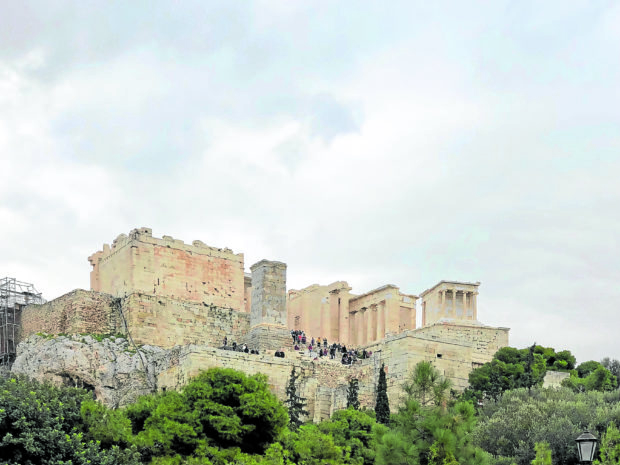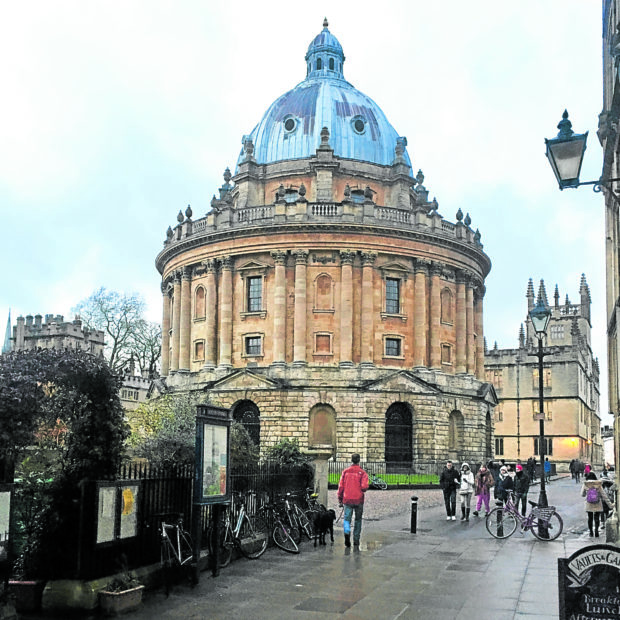I was driving down the street the other day and was pleasantly surprised to see the public spaces around San Juan City Hall.
Public spaces are the linchpin of any city. What makes us social and urban creatures are the centers of congregation around which our lives revolve. Public spaces are what makes cities livable and the preferred human environment for over half the world’s population.
We orient ourselves and our neighborhoods around public buildings and institutions. They provide character and define how a neighborhood develops. Our cities cannot just be a collection of homes, shops and workplaces. We need to look beyond mere existence towards the development of an environment that supports human life.
The value we place on our institutions should not be evaluated as we would places of commerce or production. This is the primary reason why we cannot simply outsource the building of public space to the private sector. Government remains the vital cog in the planning and growth of our communities.
The history of public space reflects the history of human civilization. The origin of our cities revolve around temples and palaces (power), castles and walls (protection), libraries and universities (learning) and markets and harbors (trade). These are the social institutions that grow into vibrant towns and cities.
From these, humanity has grown to embrace theaters (entertainment) and museums (culture), stadiums (fitness) and hospitals (health), terminals (transport) and parks (nature), as essential parts of any human environment.
Our city has suffered from the negligence and slow decay of our public spaces. We have embraced a hyper capitalist model that focuses on short term individual gains over long term development of social and common grounds. Where are the parks and plazas that we can visit? Where do we find the soul and heart of our culture? Who watches over the safety and well-being of our community?
The organizations and institutions we have in place operate on a largely mercenary manner. They protect and serve their internal goals over the public’s well-being. Not every building is a piece of architecture. Oftentimes, they are merely structures of convenience.
Architecture cannot reflect the skills and qualities of baseline requirements and acquiesce with the least common denominator. That is a road that leads to dull and transient spaces.
Public architecture must serve to provide the best spaces for our people. It must show the best of our ideals and serve to define Filipino culture for generations to come. Each piece of architecture is a piece of our built environment with which the public has no choice but to involuntarily engage with. The quality and beauty of our public architecture is that which serves to uplift and inspire the next generation.
This generation has largely failed in this mandate. We have not built places that will further elevate how our city lives and thrives.
We, Filipinos, demonstrate limited ownership and awareness of our public spaces. The belligerence with which we argue over territory and space dissipates quickly beyond our immediate periphery.
We need to demand access to institutions that make life possible. We need to develop a civic awareness that our rights and responsibilities over our common grounds. The 21st century will see the increasing importance of creative minds and abstract ideas. A national agenda to develop the passions and talents of our most valuable resource, our people, needs to begin with the environment we are building all around us.
We become reflections of our surroundings. We can build a better human environment.



